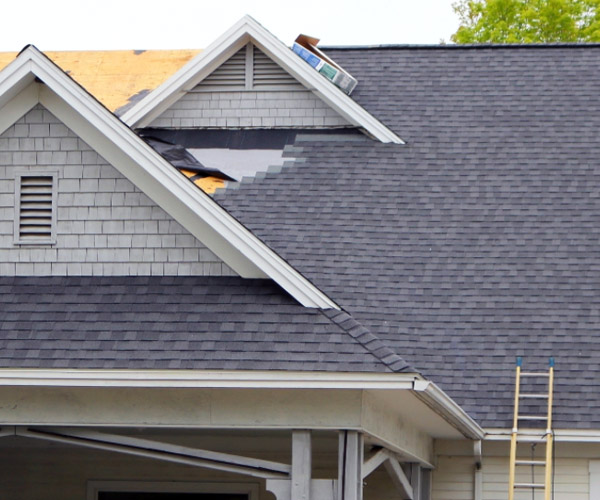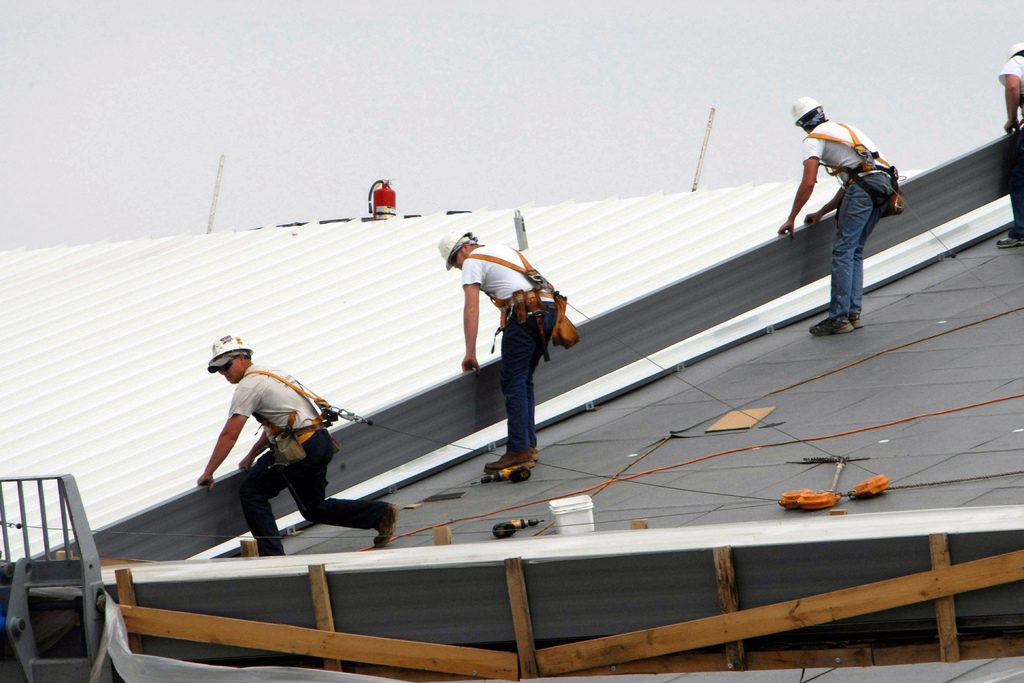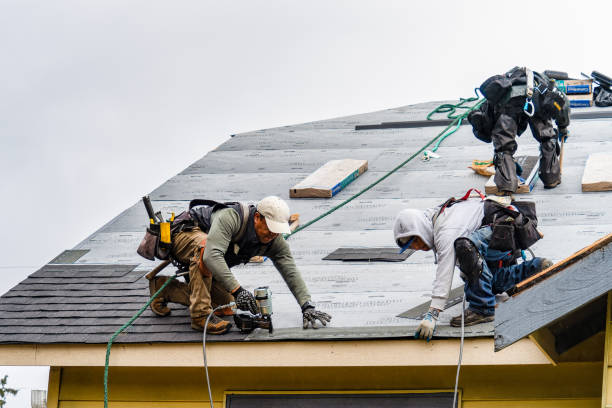Exactly How to Evaluate Various Roof Covering Choices for Your Building Requirements
Assessing roof choices for your building requires an extensive approach that considers different aspects such as the planned use of the framework, neighborhood climate problems, and product characteristics - Sylvania Roofing Contractor. It is necessary to evaluate the advantages and disadvantages of various roof types, from asphalt tiles to steel and clay tiles, while likewise factoring in initial expenses and lasting maintenance.
Analyzing Your Building's Needs
To successfully evaluate roof covering choices, start by completely evaluating your structure's needs. Begin by considering the structure's intended usage, as various structures might demand differing roofing specifications. Residential roofings frequently prioritize aesthetics and insulation, while commercial structures might concentrate on sturdiness and load-bearing capability.
Following, assess the regional climate conditions that will affect roof performance. Aspects such as temperature variations, rainfall levels, and wind patterns can affect material choice and design. A roof covering system that stands out in a warm environment may not perform too in areas susceptible to heavy snowfall or extreme warm.
Furthermore, examine the architectural honesty of your structure. Make certain that the existing framework can support the chosen roof materials, particularly if thinking about heavier choices. It is likewise vital to evaluate any local structure codes or regulations that might dictate specific demands for roof systems.

Contrasting Roofing Materials
As soon as a thorough analysis of your building's demands has actually been finished, the next action includes comparing different roof covering products. Each material offers unique advantages and downsides, making it important to straighten your selection with your certain demands and circumstances.
Asphalt roof shingles are widely recognized for their price and simplicity of setup, making them a preferred alternative for property structures. On the other hand, steel roofing, understood for its toughness and longevity, can withstand harsh weather yet may come with a greater first financial investment.
Clay and concrete tiles provide excellent thermal insulation and aesthetic charm, especially for Mediterranean-style architecture, yet they require a more durable architectural assistance due to their weight. Wood drinks offer a natural appearance and good insulation residential or commercial properties yet may demand more upkeep and are vulnerable to fire threats.
Assessing Cost and Budget Plan
Analyzing your roof covering options necessitates a careful examination of cost and budget plan factors to consider. The general budget plan for a roofing task comprises numerous variables, consisting of product prices, labor expenses, upkeep, and possible lasting financial savings. It is vital to establish a clear budget prior to exploring certain roof covering products, as this will lead the decision-making process and aid you prevent overspending.
Begin by obtaining quotes from several contractors to comprehend labor costs in your region. Make sure that these quotes consist of all essential solutions, such as removal of the old roof, installation, and any kind of extra attributes, like insulation or air flow improvements - Roofer. Next, evaluate the price of various roofing materials, taking into consideration both first installment costs and expected life-span

Recognizing Energy Performance
Energy performance plays an important duty in the choice of roof covering products and systems, significantly affecting both energy consumption and overall comfort within a building. An appropriate roof covering can improve thermal efficiency, lowering the requirement for heating and cooling systems, which consequently reduces power expenses and reduces ecological impact.
When reviewing roof covering options, take into consideration materials that show rather than soak up warmth. In addition, correct insulation and ventilation are necessary to maximize the power efficiency of the whole roofing system.
An additional crucial aspect is the roof's longevity and maintenance demands. Resilient materials that call for less frequent substitute add to long-term energy savings. In addition, the energy effectiveness of a roof can also be assessed with its compliance with well-known sustainability scores such as power CELEBRITY or LEED.
Thinking About Aesthetic Allure
A roofing system's visual allure significantly affects the total appearance of a building, matching its building style and improving visual appeal. Perrysburg Roofer. When assessing roofing alternatives, it is necessary to think about exactly how the selected product, shade, and layout will balance with the existing structure and community. A properly designed roofing can boost even the simplest of structures, changing them into visual prime focus
Various roof covering products provide different aesthetic qualities. Conventional shingles might evoke a timeless charm, while steel roof covering can give a modern, smooth appearance. Furthermore, the color of the roof material plays a vital duty; lighter shades can make a structure appear even more large, while darker tones might produce a cozier atmosphere.
Furthermore, architectural elements, such as image source dormers and eaves, can improve the roofing system's aesthetic influence. It is suggested to seek advice from professional developers or architects to make sure the picked roof covering option straightens with the general style intent. Inevitably, a roof covering needs to not just supply practical benefits however additionally contribute favorably to the building's aesthetic, showing the proprietor's preference and the character of the surrounding environment.
Conclusion
